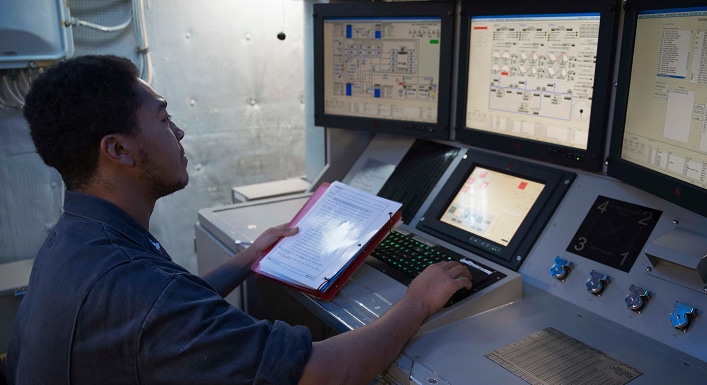Creating a Connected Plant? Learn How to Build a Better I/O System
Let’s take a walk through the steps in creating an effective I/O system.
September 29, 2021

Using an I/O system is an effective way to manage plant data. The input-output (I/O) system transfers information between the computer's main memory and the outside world. An I/O system is composed of I/O devices (peripherals), I/O control units, and software to carry out the I/O transaction through a sequence of I/O operations.
For intelligent and reliable data transmission, a flexible and cost-effective I/O system is essential. Belden builds I/O systems that offer a variety of solutions that range from passive distribution boxes, Fieldbus and modular I/O systems to high-performance modules.
Connecting the Data
Belden uses IO-Link as a standardized I/O technology to enable smart communication with sensors and actuators. The IO-Link Masters allow easy integration into the most common industrial PLC environments. The technology is multiprotocol capable and ready for Industry 4.0 due to several IIoT protocols on board. It is designed to be a fast, reliable, and secure solution for collecting, converting, and transmitting critical data in automated production environments.
Distributed Control Units
The distributed I/O control units manage the data flow. They include:
Flexible designs: Replace modules by using universal channels—without any configuration—that can work across a variety of protocols
Power distribution options: Compact power distribution with an option for M12 Power
Secure automation: With integrated intelligence, DCU1 ensures that control applications can run, even if a PLC fails.
Here's some background on I/O systems:
We caught up with Raymond DiVirgilio, a senior solution services engineer at Belden, to learn how to build a better I/O system.
Design News: What are your customers seeking in an I/O system?
Raymond DiVirgilio: Today, we see our end users and integrators moving to an Ethernet-based I/O system. Older I/O controls are being replaced from the serial (remote I/O, Device Net, etc.) to Ethernet I/O-based controls. In addition, I/O link is surfacing more for both discrete and analog I/O. New I/O-based controls are all Ethernet for both replacements of a machine, for instance, a material handling system, and new equipment for either addition to an existing piece of equipment or a new build.
DN: What issues are they working to solve?
DiVirgilio: Issues that are being solved are faster communication to I/O and reducing downtime by adding On machine Ethernet I/O for both faster deployment and startup as well as having communications to hand-held devices that have the ability to read the status of their production lines. It is also used to receive information about a potential problem that could cause downtime or a piece of equipment that is down and requires a technician.
DN: Do you help with the design and the device selection? And what are some of the devices involved?
DiVirgilio: Both yes and no. Our Solutions Team can provide assistance in the design and selection if requested. We provide guidance on managed Ethernet switches, firewall devices, cybersecurity for deep packet inspection devices, and monitoring software.
DN: What troubleshooting is involved in developing the system?
DiVirgilio: I would not describe it as troubleshooting, but rather before assisting in the design we can provide a full network assessment to identify the area’s where our Solution Consultants would identify the area’s and suggest a design that would achieve the best design that would reduce downtime and improve the network speed by reducing the amount of traffic over an Ethernet network by segmentation of the control system.
DN: What are the quality checks?
DiVirgilio: Our Solutions and Services Team review the design and can provide assistance if requested by the customer.
DN: How involved are you with the system after deployment?
DiVirgilio: Depending on the customer request, we can provide any assistance requested after the control system has been deployed.
About the Author(s)
You May Also Like





